The city’s microbrewing industry has grown in the last decade, bringing more choices at bars and more dollars to the Big Apple’s economy.
There are five independent microbreweries in the city, among the more popular is the Chelsea Brewing Co., which launched in 1996. Two more microbreweries are set to open in the near future, one each in Harlem and Queens. And the breweries alone poured $1.5 billion into the state’s economy in 2010, according to the Beer Institute, a Washington, D.C.– based lobbying group, and the National Beer Wholesalers Association of Alexandria, Va.
“It’s the largest beer consumer market in the world. There is a huge population here, and they have sophisticated palates,” said David Katleski, president of the New York State Brewers Association and owner of Empire Brewery in Williamsburg.
The city breweries, along with the bars and stores that sell their concoctions, gave the city a combined $4.8 billion economic boost in 2010, according to the Beer Institute and National Beer Wholesalers.
When he opened his first Empire Brewery in Syracuse in 1994, Katleski said there were 10 microbreweries in the state, compared to 140 today.
Each new brewery, such as the anticipated return of the Harlem Brewing Co. from upstate to Manhattan next year, brings a large following of fans. “I just want to support New York,” said brewery enthusiast Jeff Rieck, 25, of Woodside.
The city and state governments have noticed the popularity of the breweries and have worked to fuel their growth. During the summer, Gov. Andrew M. Cuomo passed several pieces of legislation that gave tax exemptions to breweries.
Rich Buceta, who plans to open Queens’ first major brewery, SingleCut Beersmith, in Astoria next month, said state incentives were needed because maintaining the quality of the beer can be costly. “You need a lot of space with a lot of overhead, and that is a needle that you have to thread,” he said.
The governor announced Thursday that he will host a special conference at the end of the month with the state’s beer and winemakers to discuss ways to promote their product.
Katleski said New York has a lot of untapped potential for its beer industry since only 10 percent of the beer sold in the state is home grown. “The playing field for the beer industry has changed, and we have a lot to offer,” he said.
Copied from 10/1/12 Newsday article by Ivan Pereira
http://newyork.newsday.com/news/new-york/nyc-s-microbrew-industry-on-the-rise-1.4058493

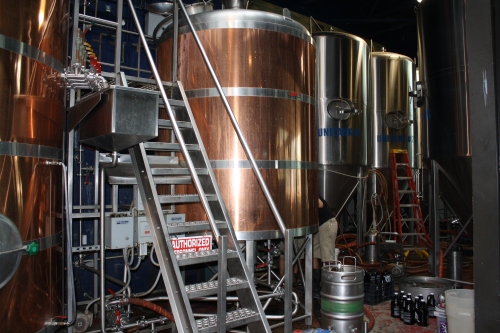
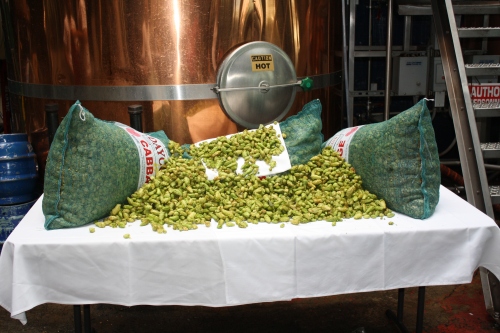
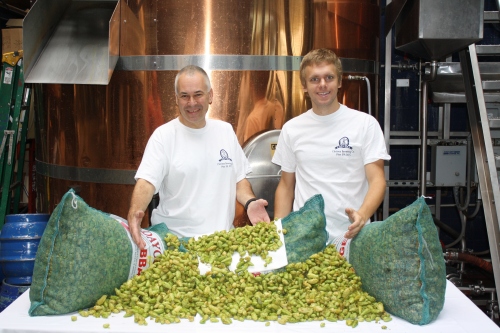
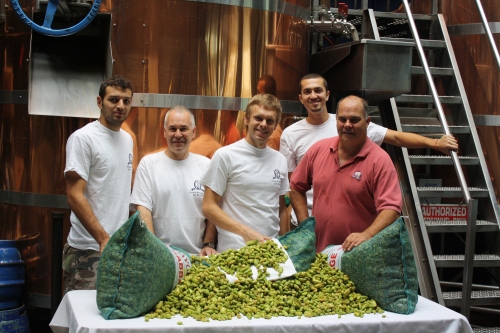
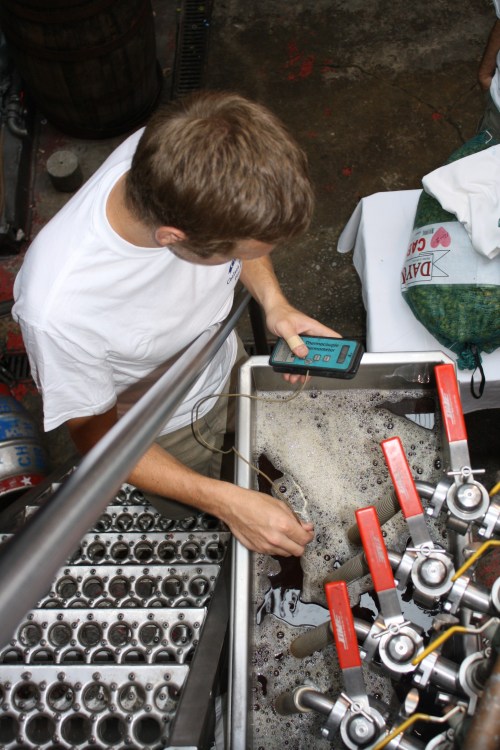


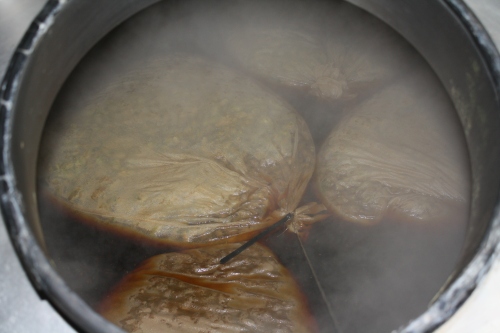
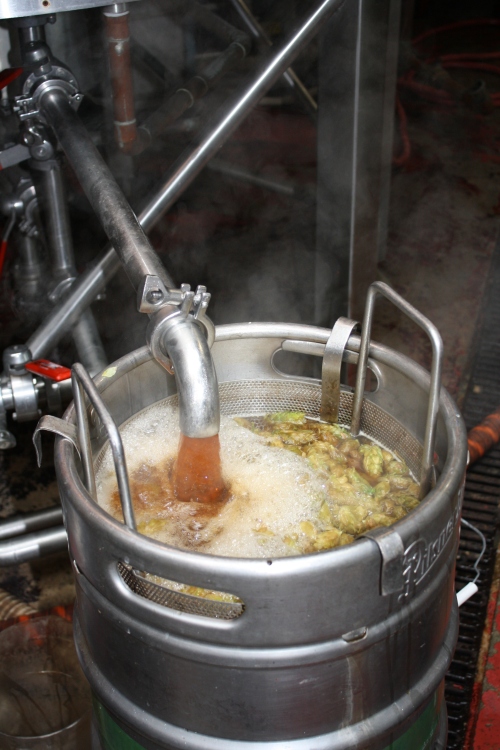
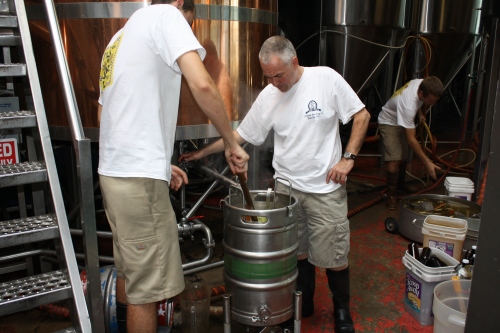

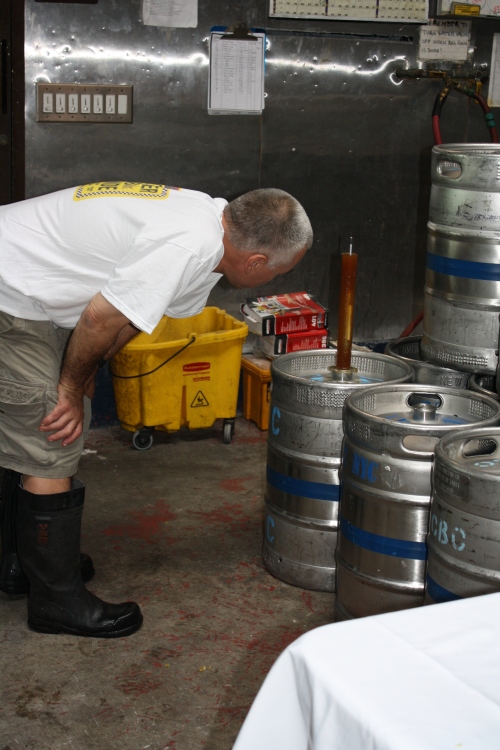
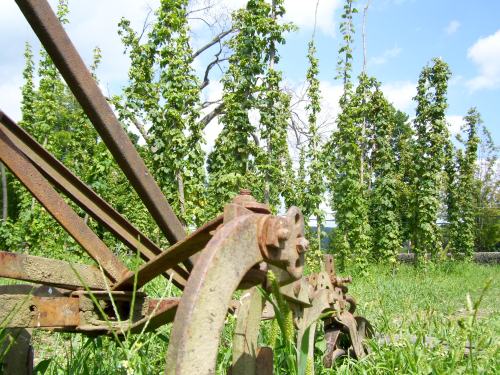
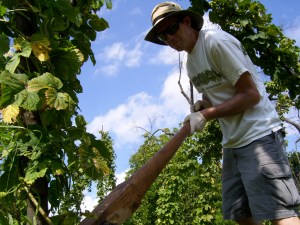
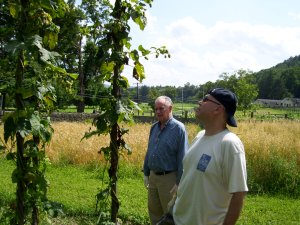

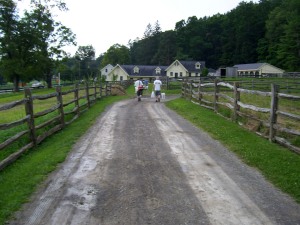
Your comments: